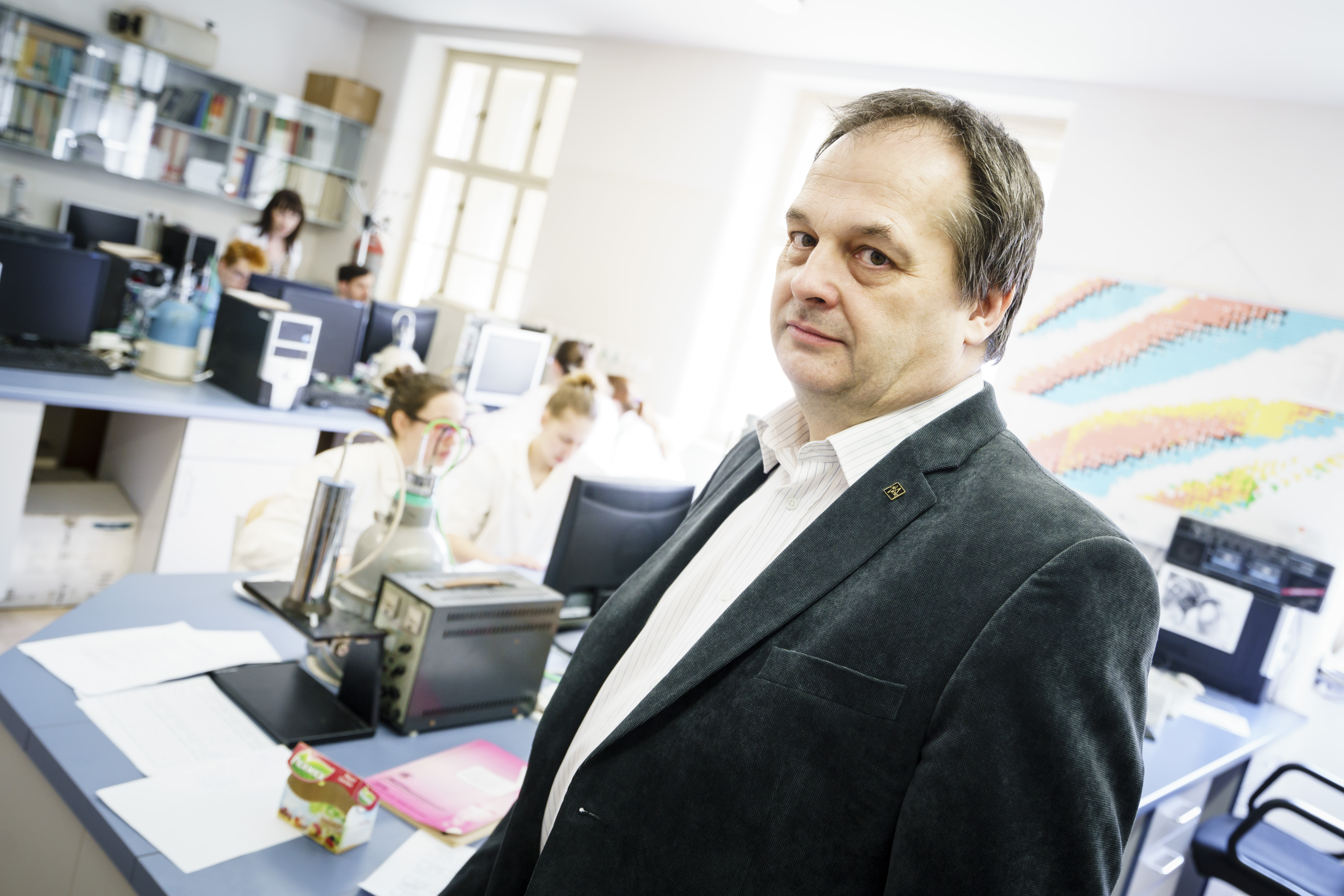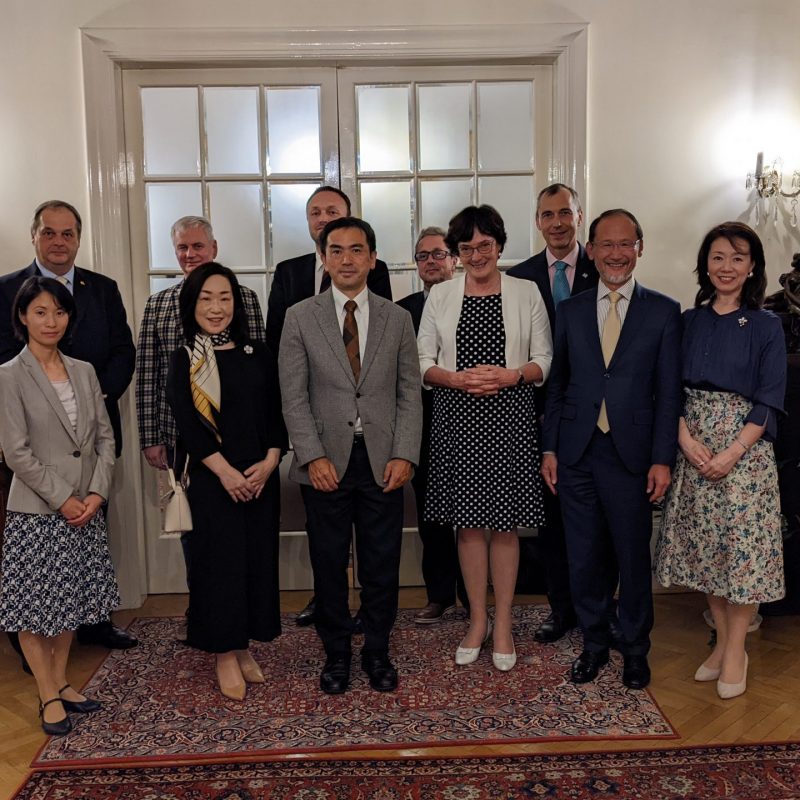PLASMA
Plasma physics
This program deals with thermonuclear fusion as a promising dominant source of energy. It combines the efforts of teams of three CTU faculties – FEE, FNSPE, and FME in experimental and theoretical research into hot plasma in which fusion reactions take place. It investigates the acceleration and loss mechanisms of high-energy electrons and ions and their effect on the destruction of reactor core wall material, methods of efficient fusion reactor wall cooling, new methods for optimizing tritium production, testing suitable targets for laser absorption and simulating plasma dynamics.
Reconstruction and improvement of two CTU experimental devices, z-pinch PFZ-200 and the GOLEM tokamak, including diagnostic equipment and the development of methods for use in other domestic (COMPASS, PALS, ELI) and foreign apparatuses are underway.
Potential applications include the development of neutron sources, the development of methods for generation and registration of energetic particles, contributions to the design of a suitable reactor chamber and the testing of resistant materials, gamma radiography and the production of short-lived radioisotopes.
Research activities will be performed in 8 domains/sub-programs:
A) Study of the Z-pinch as a powerful source of multi-MeV ions and neutrons (Daniel Klír)
B) Study of the evolution of organized structures in Z-pinches and their influence on the fast particles acceleration (Pavel Kubeš)
C) Mechanisms of acceleration and loss of energetic electrons, development of new diagnostic methods in tokamak devices (Jan Mlynář)
D) Practical ways of obtaining tritium for first tokamak fusion reactions (Radek Škoda)
E) Thermodynamics of fusion power stations and their cooling systems (Václav Dostál)
F) Sources of energetic particles from laser-plasma interaction, including development and testing of new advanced targets (Jan Pšíkal)
G) Laser-plasma interaction and absorption in inertial confinement fusion targets focused on alternative ignition concepts (Ondřej Klimo)
H) Hydrodynamic simulations of laser plasmas (Richard Liska)
COOPERATING ENTITIES
WITHIN THE PROGRAM
PROGRAM COORDINATOR
prof. RNDr. Pavel Kubeš, CSc.
news from the program





